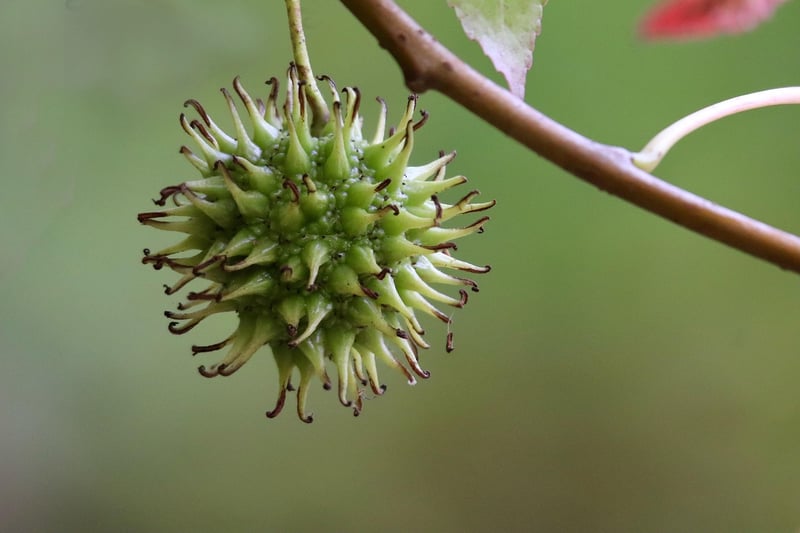Fruit Tree Care
Growing Your Own Food: Fruit Tree Care Guide
Welcome to our comprehensive guide on caring for fruit trees, an essential aspect of growing your own food. Fruit trees can be a rewarding addition to your garden, providing you with fresh and delicious fruits. Proper care and maintenance are key to ensuring healthy growth and bountiful harvests. Let's delve into some essential tips for fruit tree care.
1. Choosing the Right Tree
Before planting a fruit tree, consider your climate, available space, and the type of fruits you enjoy. Some popular fruit trees include apple, pear, cherry, and peach trees. Select a tree that is suited to your region's climate to ensure successful growth.
2. Planting and Location
Plant your fruit tree in a spot with well-draining soil and access to sunlight. Ensure that there is enough space for the tree to grow and that it is not overshadowed by other trees or structures. Consider the tree's mature size when choosing a location.
3. Watering and Mulching
Water newly planted fruit trees regularly, especially during dry spells. Once established, fruit trees generally require around 1 inch of water per week. Mulching around the base of the tree helps retain moisture and suppresses weeds.
4. Pruning and Training
Pruning is essential for shaping the tree, promoting airflow, and removing dead or diseased branches. Train young trees by pruning to encourage strong branch structures and optimal fruit production. Consult pruning guides specific to the type of fruit tree you have.
5. Fertilizing
Apply fertilizer to fruit trees in early spring before new growth appears. Use a balanced fertilizer or one specifically formulated for fruit trees. Avoid over-fertilizing, as this can lead to excessive foliage growth at the expense of fruit production.
6. Pest and Disease Control
Monitor your fruit trees for signs of pests and diseases. Common pests include aphids, fruit flies, and caterpillars, while diseases like powdery mildew and fire blight can affect fruit trees. Use organic methods or targeted sprays to manage pest and disease issues.
7. Harvesting
Harvest your fruits when they are ripe. Different fruits have varying indicators of ripeness, such as color, firmness, and sweetness. Gently twist or cut the fruits from the tree to avoid damaging the branches.
8. Enjoying the Fruits of Your Labor
There is nothing quite like tasting the fruits you have grown yourself. Whether eaten fresh, baked into pies, or preserved for later use, homegrown fruits offer unmatched flavor and satisfaction. Share your harvest with friends and family for an even more rewarding experience.

By following these tips for fruit tree care, you can nurture healthy trees and enjoy a plentiful harvest of delicious fruits. Happy gardening!
